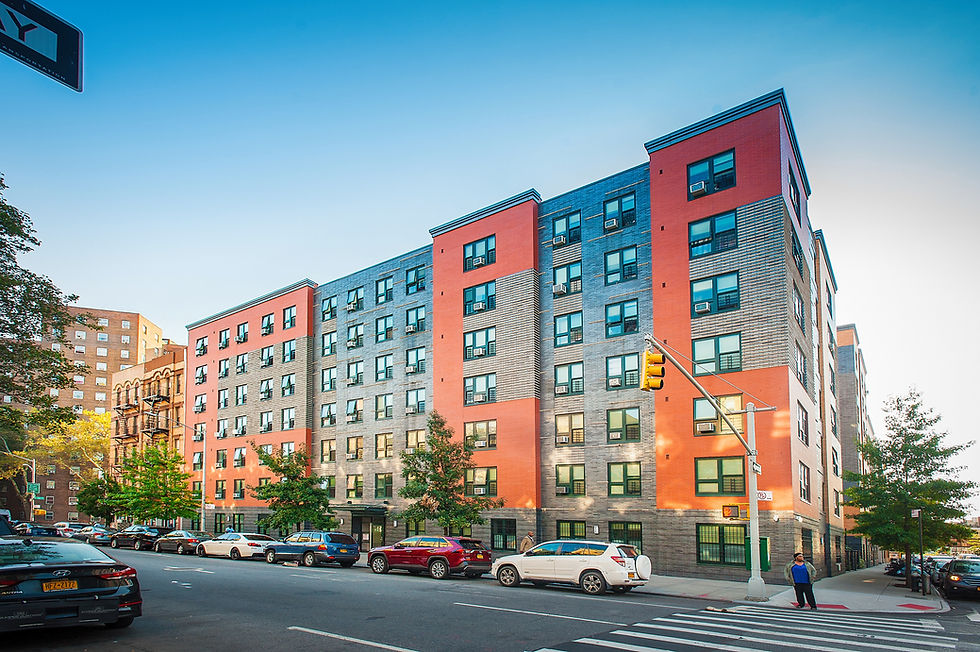Weekly Update on Tariffs and U.S. Construction CostsAs of July 1, 2025
- Lucas Giacalone

- Jul 2
- 2 min read
Prepared by KOW Building Consultants | Use this data at your own risk
Overall Concern Level: High
Due to persistent geopolitical tensions (Iran conflict), unresolved EU tariffs, and rising oil prices, cost uncertainty remains elevated in the U.S. construction sector.
Construction Cost Impacts from 2025 Tariffs:
Building Type | Estimated Cost Increase | Change from Last Week |
Wood-Framed | 3% – 5% | 0% |
Poured-in-Place Concrete | 5% – 8% | 0% |
Structural Steel | 8% – 12% | 0% |
These estimates are derived from a proprietary tariff impact spreadsheet incorporating current duty schedules and average material input values by country of origin. Key assumptions include stable freight costs (pre-Gulf escalation), and current volumes of trade with affected countries. Early signals of upward pressure on transportation and fuel-linked inputs are emerging, mainly driven by the oil market.
Significant Tariff Developments:
Region/Country | Tariff Status | Notes |
European Union | 50% (Delayed) | Implementation paused; decision expected by July 9, 2025. |
Steel & Aluminum | 50% | Applies to global imports; major cost driver for structural projects. |
Universal Tariff | 10% | Blanket tariff on all imports excluding Canada and Mexico. |
Canada | 25% on select goods | Excludes USMCA-covered items; Canadian lumber still taxed separately. |
China | 55% blended rate | Includes Section 301, fentanyl-linked sanctions, and reciprocity duties. |
Japan | Pending (24%) | Japan lobbying to avoid auto tariffs; outcome expected Q3 2025. |
Mexico | 25% | Broad-based, affects raw goods, parts, and manufactured items. |
Canadian Lumber | 14.5% (ongoing) | Softwood lumber duties under pre-existing dispute. |
China has resumed shipments of critical rare earths and magnet materials to the U.S. following recent talks. These components are crucial in EVs, wind turbines, defense systems, and construction tools. However, bans remain in place for materials linked to direct military use.
Geopolitical Impact to Watch
Iran: After last weekend’s strikes, Iran threatened to disrupt the Strait of Hormuz. By Friday, small attacks on regional shipping were reported (no U.S. vessels hit). Insurance premiums on Persian Gulf shipping routes jumped ~20% this past week.
Oil prices: Brent crude rose from ~$81/barrel to ~$86/barrel, a ~6% gain. U.S. diesel futures increased ~4%, signaling coming fuel surcharge hikes.
China: No new tariff announcements, but increased inspections on rare earths exported for Western tech and infrastructure.
Inflation Watch:The PPI flash estimate for June shows a +0.3% month-over-month rise in construction inputs, continuing the tariff-linked climb. Expect freight fuel surcharges to start showing up on concrete and lumber deliveries by mid-July, adding ~1–2% on delivered costs for remote sites.
What I’m Monitoring Next
EU Tariff Vote Prep: Companies may start bulk ordering steel/aluminum ahead of formal implementation, tightening spot supply.
U.S. Gulf Ports: More ships may reroute or face delays from insurance or navy escort requirements, slowing imported building components.
Lumber Imports: No new Canadian decisions yet — but if oil spikes, Canadian softwood becomes relatively more attractive again despite the 14.5% tariff.
Factor in slightly longer lead times for materials sourced via Gulf routes (tile, fixtures, electrical).
Start contingency planning for +1–3% freight surcharges on delivered goods by end of July.
Continue closely monitoring the EU ruling and Persian Gulf situation, which together could swing structural steel pricing by 5–10% over the summer.
As always, thanks for reading!




Comments